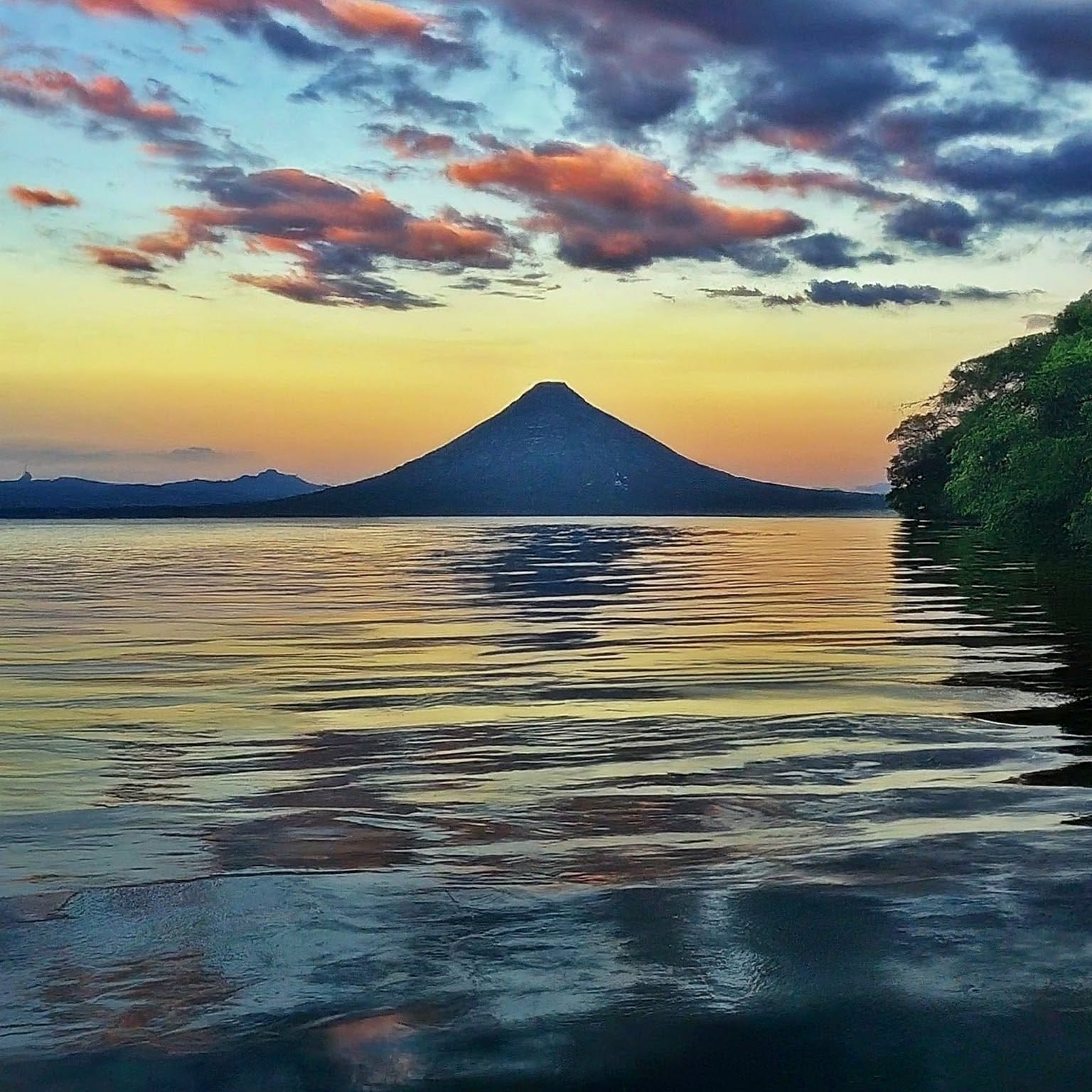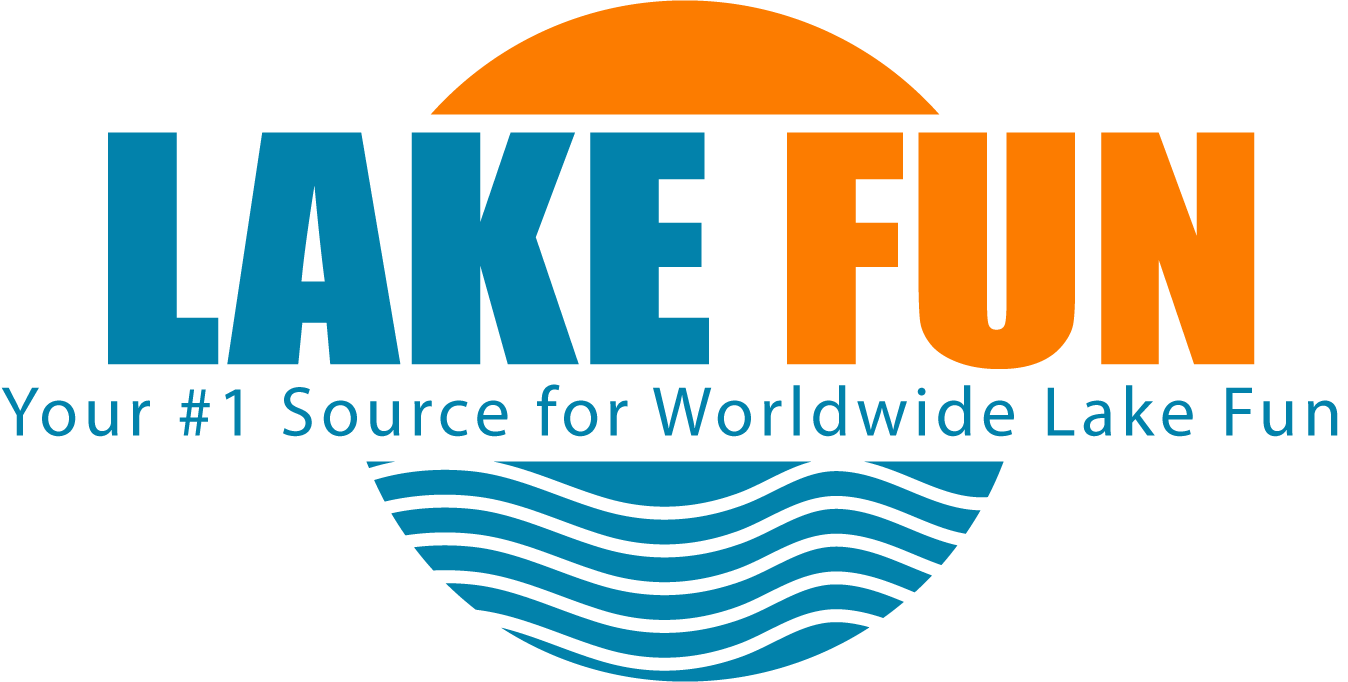Nicaragua Lake Literature
Nicaragua Lake, also known as Lake Cocibolca or Lago de Nicaragua, is the largest freshwater lake in Central America and the 19th largest in the world by area.
Here are some key facts about Nicaragua Lake:
- Location: Southwestern Nicaragua, bordering Costa Rica
- Area: 3,191 square miles (8,264 square kilometers)
- Length: 110 miles (177 kilometers)
- Average width: 36 miles (58 kilometers)
- Maximum depth: 26 meters (85 feet)
- Origin: Tectonic origin, believed to have once been part of an ocean bay
Nicaragua Lake is a vital resource for the country, providing:
- Drinking water: The lake supplies drinking water for many surrounding communities.
- Transportation: The lake is a navigable waterway used for commercial and recreational purposes.
- Fishing: The lake supports a diverse fish population, including freshwater sharks, tarpon, and sawfish.
- Tourism: The lake is a popular tourist destination, offering various activities like boat tours, kayaking, and fishing.
The lake is also home to several islands, including:
- Ometepe Island: The largest island in the lake, formed by two volcanoes, Concepción and Maderas.
- Zapatera Island: A volcanic island known for its archaeological significance.
- Solentiname Islands: An archipelago of 36 islands known for its unique culture and beautiful scenery.
Nicaragua Lake faces several environmental challenges, including:
- Pollution: Runoff from agricultural activities and deforestation can contribute to water pollution.
- Deforestation: Loss of forest cover around the lake can impact water quality and soil erosion.
- Climate change: Rising temperatures and changing precipitation patterns can affect the lake’s water level and ecosystem.
Efforts are underway to address these challenges and ensure the sustainable management of this vital resource for future generations.
Summary

Article Name
Nicaragua Lake
Description
Nicaragua Lake
Author
Kayak Lanternhead
Publisher Name
www.lakefun.com
Publisher Logo

